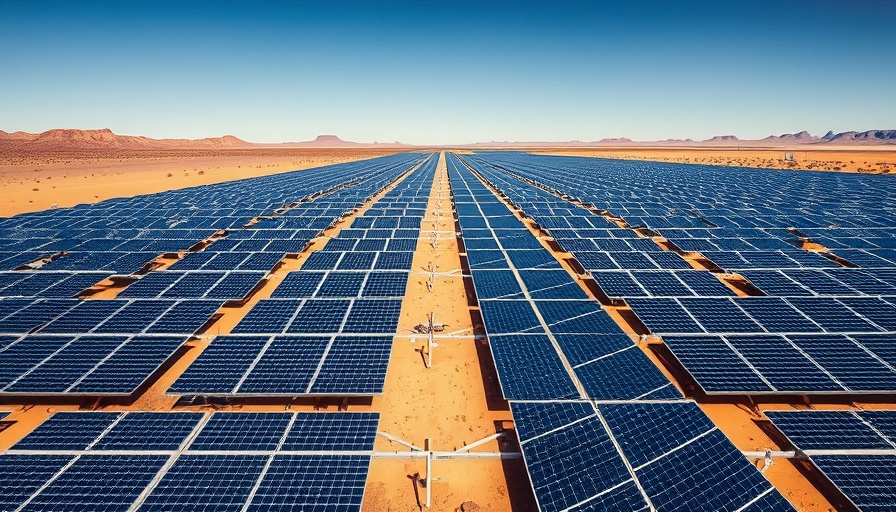
Understanding the Impending $145 Billion Climate Disaster Costs
A recent analysis by Swiss Re Institute warns that insured losses from natural disasters could soar to $145 billion globally in 2025. This alarming prediction is primarily driven by what insurance experts term “secondary perils” — floods, wildfires, and severe thunderstorms. While these secondary disasters contribute significantly to the rising financial toll, it’s crucial to recognize that “primary perils” such as hurricanes and earthquakes represent an even more profound threat, with potential losses exceeding $300 billion once they occur.
The Ripple Effects of Climate Change
The report highlights a growth trend in climate-related disaster costs of approximately 5 to 7 percent annually. This trend correlates with factors like population growth, urban expansion, and the exacerbating consequences of climate change, complicating our efforts to contain these losses. For instance, severe wildfires in areas like Los Angeles already account for staggering financial damage, emphasizing the direct impact of these recurring catastrophes.
Historical Context and Future Trends
To put this in perspective, we could consider hurricanes from the past; takedowns like Hurricane Andrew in 1992 caused $35 billion in insured losses, but modern conditions suggest such a storm might lead to nearly triple that amount today due to changes in population density and capital investments in vulnerable infrastructures. Meanwhile, Hurricane Katrina, despite potential improvements in flood defenses and a diminished local population, would still bring in losses nearing $100 billion. These statistics underline a grim reality: as our environments become more susceptible, the economic impacts will shift drastically.
Implications for Communities and Insurers
While the United States accounts for nearly 80 percent of global insurance losses, it is not just a numbers game. The consequences extend into personal health and community rebuilding efforts post-disaster. How prepared is your community for the approaching storm? Understanding your local risks, taking preventive measures, and fostering a culture of preparedness can be life-savers in the wake of these natural events.
What This Means for Your Health and Wealth
For tech-savvy health enthusiasts, this data may seem distant but consider the intertwining of environmental health and personal wellness. As climate disasters impact local economies and increase insurance premiums, they can subsequently affect healthcare access, affordability, and even mental health. Familiarizing yourself with these trends and integrating sustainable practices may support both your health and your financial well-being.
As we advance, it is essential to recognize that understanding the intersection of climate disasters and insured losses reveals not only economic implications but also profound human health challenges. The emphasis on preventive strategies can lead to healthier populations and communities, reminding us that our responses to such challenges are as crucial as the knowledge itself.
 Add Row
Add Row  Add
Add 




Write A Comment